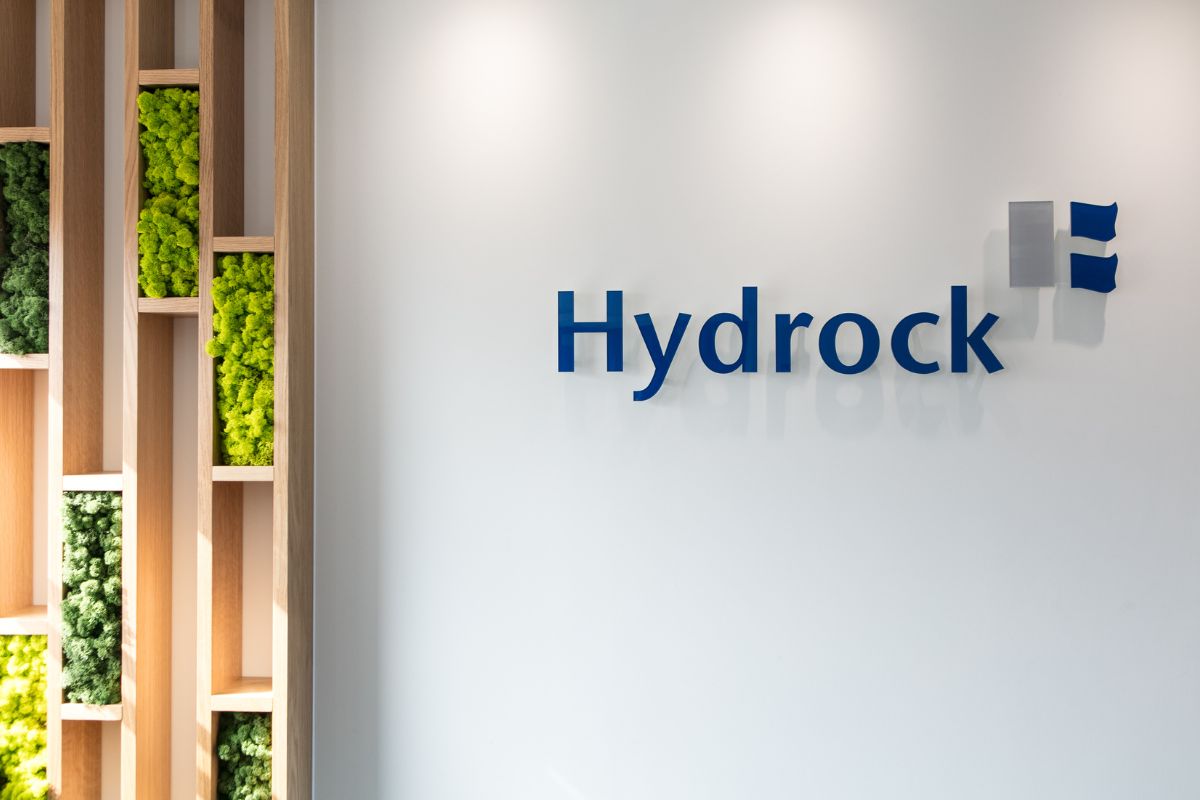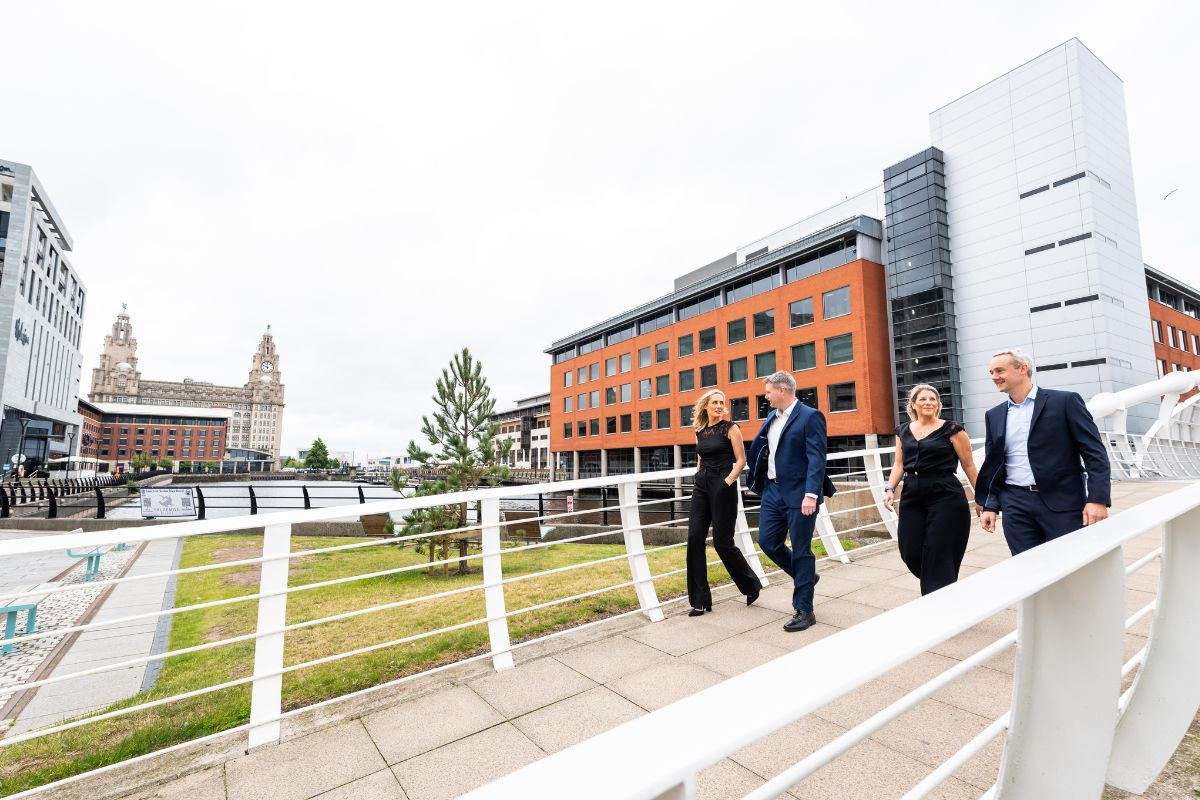Rose Bean, interim executive director of assets and sustainability, Abri
Last week, the country was hit by torrential downpours that caused flash flooding and widespread disruption. With some sodden regions grappling with a month’s worth of rain in a single day, it was a stark reminder of our very present climate emergency.
It’s never been more important for change to happen, and to happen quickly. And, because the building and construction industry is currently responsible for 39% of all global carbon emissions, we have a collective responsibility to move at pace and get our journey to net zero carbon homes and buildings right, first time.
New build vs retrofit – what’s the priority?
It could be argued that building new net zero carbon homes is the ‘easy’ bit in the journey to a low carbon future, and that by prioritising this, we’ll be picking the low hanging fruit. The reality is that, by 2050, around 80% of the homes that already exist today will be still here - and every single one will require some level of retrofitting.
While building new net zero carbon homes is a huge part of the net zero solution, it has to be it has to be looked at as a combined entity and undertaken alongside the massive retrofit challenge of decarbonise existing stock. Many of the challenges – and solutions - we’re facing in terms of the development of technology, skill sets and supply chains, apply to both the retrofit and new build agendas. Both are reliant on each other to be successful and there will be key learnings along the way that influence the actions and outcomes of both.
Bridging the gap
Another consideration currently facing the sector in relation to the strong symbiosis between retrofit and new build, is the upcoming Future Homes Standard.
The welcome introduction of the Future Homes Standard will see carbon emissions cut by 75-80% in all new homes built from 2025, and is an essential step in the UK reaching its 2050 net zero target.
While the sector is gearing up to meet the new Standard in less than four years’ time, it raises the challenge of what happens to the homes built in the interim. The sector will be collectively aiming to deliver a further 300,000 homes every year until 2025, and many of these will be far removed from where they need to be.
We’re responsible for building a legacy of new homes that will not become the retrofit projects of the future; homes that have considered both up front and operational carbon but which also consider the impact on health and wellbeing of our customers and communities.
At Abri, we’re bridging the gap in the interim and making sure our new builds follow the ‘Abri Future Homes Standard’. Launching shortly, our standard sets out how we can achieve the proposed base government ‘Future Home’ specification but also introduce a further two models to take us beyond the government model. Our Standard follows a ‘hierarchy’ of approach to provide houses with a carbon emissions reduction ranging from 75% betterment for the Future Homes Standard model to 83% for the Abri Plus model and 85% for the Abri Gold Standard model.
Fabric first is fundamental
When we’re looking at new build projects, it’s widely agreed across the sector that we need to prioritise a fabric first approach. This will make sure homes optimise performance, reduce energy demand, will not require future upgrades and are fit for purpose from the outset. This principle also applies to retrofit projects, further highlighting the close relationship and learnings between new build and retrofit.
One of the ways we can reduce the embodied carbon of what we build in the long term, is to look more at MMC. Abri have committed to delivering 25% of our new build programme with MMC and is part of the solution for how we’re going to tackle our new build standards. MMC will help us to accelerate our supply of affordable homes, as well as providing significant sustainability benefits including conserving energy for customers, less material wastage through precision engineering, and less onsite emissions during construction.
To date, MMC has not been as widely adopted as desired in our sector. Going forward, it’s important that the sector embraces collaborative opportunities so that we can roll out MMC at scale.
Collaboration is key
Looking at all the challenges we face, collaboration is key to our success.
Working in collaboration means we can share key learnings and innovations to get the sector to its shared new build and retrofit targets. It means efficiencies in terms of procurement and supply chains, as well as supporting the skills and training development that we fundamentally need.
This was one of the reasons we became a founding member of the Greener Futures Partnership alongside Anchor Hanover Group, Home Group, the Hyde Group and Sanctuary Group. We have a collective drive to address the challenges associated with sustainable housing, driving value out of the decarbonisation agenda and tackling fuel poverty.
Our next steps
Ultimately, a low carbon future will be achieved by building new highly efficient, cleaner, warmer homes, but also by retrofitting existing stock, and by being a driving force behind the necessary behavioural and lifestyle changes in our communities.
The future is certainly challenging, but it’s also exciting. We have an opportunity to engage with customers and communities to make real change possible, as well as upskilling and encouraging a new generation of people into an exciting new industry and offer value-based careers to those who share our aspirations to save the planet.
Rose Bean is interim executive director of assets and sustainability at the housing association, Abri



